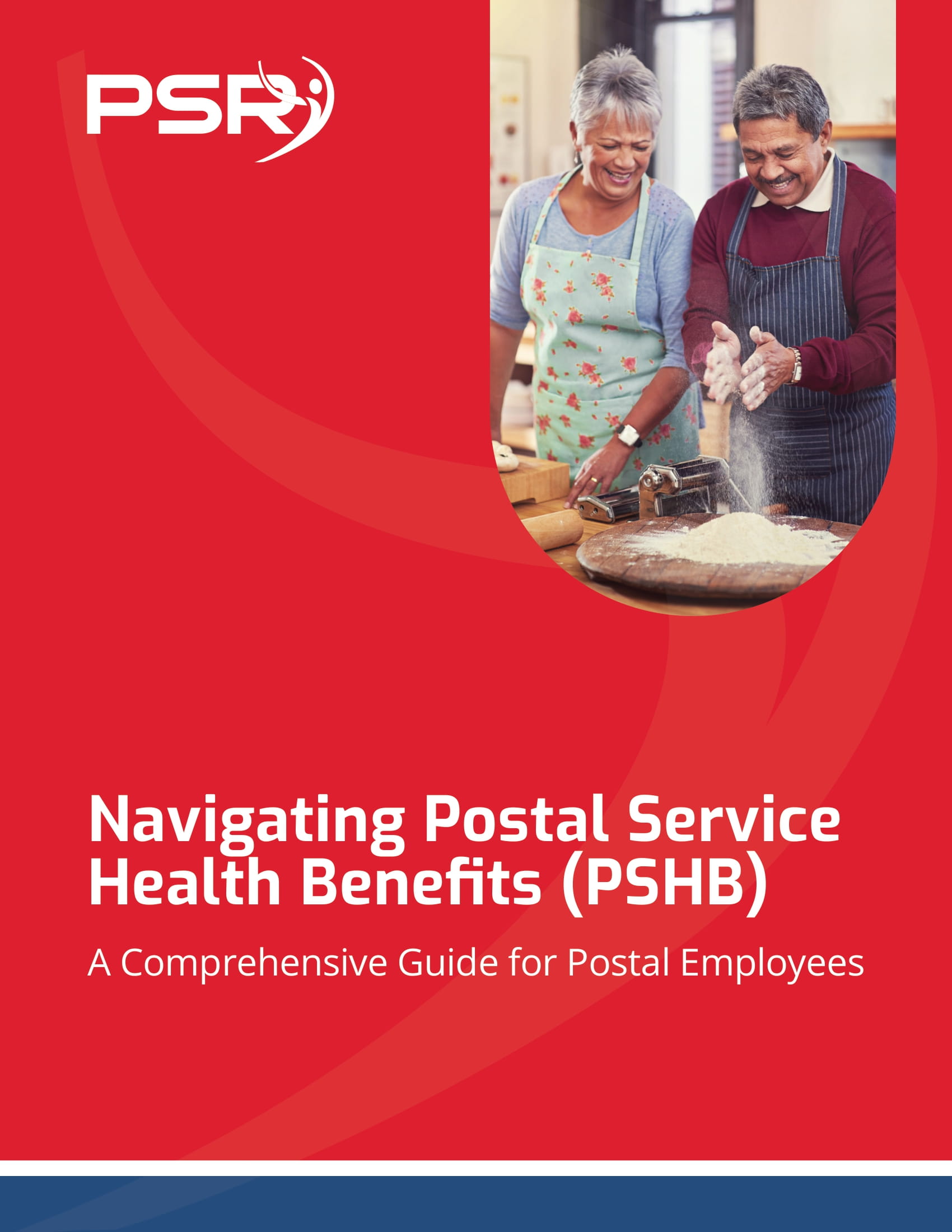Is There an Asset Ceiling for the VA Benefit?
One of my favorite sayings is, “The good thing about our country is we have freedom of speech. The bad thing is people talk whether they know what they are talking about or not.”
- Also Read: FAA, Law Enforcement, and Special Federal Employee Categories—Here’s What Makes Their Retirement Unique
- Also Read: Blending Private and Public Sector Retirement Plans Is Complicated—Here’s Where Couples Get It Wrong
- Also Read: The Silent Shift in Postal Service Retirement Benefits That Could Change Everything by 2026
Without getting too deep into VA Regulations (and Adjudicator Manuals), there basically is a formula the VA is supposed to use when a veteran (or widow/widower) applies for this program. This formula basically looks at the fixed income (pension and Social Security), you subtract it from the ongoing monthly medical expenses (the cost for a caregiver or a community as well as his medical insurance costs) and then multiply that number by the life expectancy. For example let’s say we have Veteran X who has a 35 month life expectancy. He brings in $2,800 through pension and Social Security and spends $4,300 a month for insurance and his care. With this example he is $1,500 a month to the bad. Multiply that number by 35, his asset need is $52,500. In this example, if he had $80,000, he might be told he had too much money!
Now let’s assume he is a little younger and has a 72 month life expectancy. Assuming all the other numbers are the same, his “need” would be $108,000! In this situation, he would pass the asset test. (Technically he should be able to get it if he had more than $80,000, but read on…)
Assuming all of these numbers don’t make your head spin and it makes sense, the thing to keep in the back of your mind is these formulas (and thresholds) are up for interpretation. (One adjudicator might feel you need more or less money than the formula dictates and it’s up to you to argue why the claim should proceed and/or be approved.)
OK let’s discuss about the $80,000 amount everyone talks about.
In the Adjudicator Manual the instructions are for the person processing the claim to justify to their supervisor why a claim should proceed if the assets are over $80,000. As you saw by the above example, it is easy to do. Of course you do need to realize these employees work very hard and are overwhelmed with claims, so rarely is this done. What can you do? You are allowed to do planning around the formulas AND get the benefit.
Without making this a fifty page discussion, VA Regulations (at present time) allow you to set up your money however you choose and get the benefit. Unlike Medicaid, there is not any look back or penalty period if you do planning before you make a claim. You should look REALLY hard at the numbers and the formulas BEFORE an application is made. Make sure you can justify the numbers to the VA and try to make the case easy to be processed and approved.
With all of this said, DO NOT do any asset shifting, gifting, adding names to accounts, (and so on) without the guidance of the appropriate professionals (usually financial professionals, attorney and/or accountants who are well versed and accredited with the VA). There are many pitfalls that can hurt you if you make the wrong move today (including VA Benefits as well as possible Medicaid benefits in the future). The wrong step may not hurt you today, but it can hurt (significantly) in three, four, five years (or more) in the future.
To sum up, the $80,000 number is a “rule of thumb” not a hard and fast number. If you or your loved one is a wartime veteran (or a widow of a veteran) and in need of care in your own home or in a community, you should talk with an advocate to see how you may be able to use this benefit (which was earned through your service) to help take care of you and preserve your estate.









